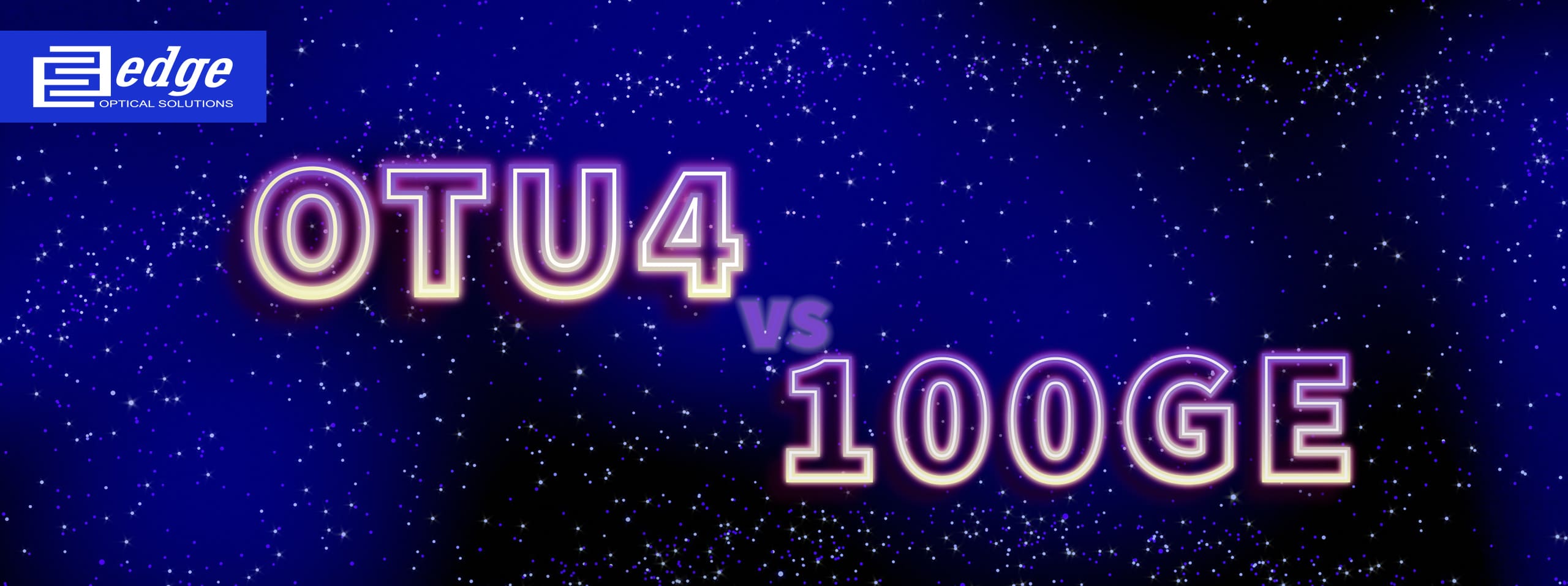
Difference OTU4 vs 100GE?
If we compare OTU4 vs 100GE – OTU4 and 100G are different line protocols, both designed for transmission of multiplexed data signal at 100G speed over optical fibre. Main obvious difference OTU4 vs 100GE is nominal data rate – for OTU4 it is 111.81 Gb/s, but for 100G Ethernet it is (4 lanes at 25.78125 Gb/s) or 103,125 Gb/s, however main difference for both how multiplexing of lower rate data signals is performed.
OTU4 (Optical Transport Unit 4) is member of OTN (Optical Transport Network), which is successor of Synchronous Digital Hierarchy (SDH/SONET). Group of SDH/SONET and OTN transmission protocol families were designed for carrying many signals in trunk networking of different capacities through a synchronous, flexible, optical hierarchy, where lower speed frames are encapsulated in higher speed frames. OTN protocol family sometimes is referred as Digital Wrapper. Such approach allows carriers to multiplex different types of signals in most optimal and efficient way. OTN is deterministic (fixed sharing of data link) or transport protocol hierarchy – meaning that operators can ensure low latency, high performance (FEC), service separation and high bandwidth efficiency.
100G Ethernet has evolved from Local Area Network Ethernet packet-oriented protocol family, which now have gained popularity as Metropolitan Area Networks (MAN) and Wide Area Networks (WAN) protocol in telecom networks, especially for metro and mobile RAN transport applications. Ethernet uses statistical multiplexing approach, where multiple data streams sharing available data channels and adapting their routing in real time. Ethernet protocol’s flexible nature can bring challenges, where applications require very strict requirements to packet delay and packet delay variations, for example mobile fronthaul. However in recent decade Ethernet protocol is constantly upgraded with number of mechanisms for it’s future as Carrier Ethernet.
For 100G Transmission 100G QSFP28 Transceiver form factor is most popular. Most of 100G QSFP28 support 100GE Ethernet application, but be aware – if needed OTU4 Support – check specifications carefully.

